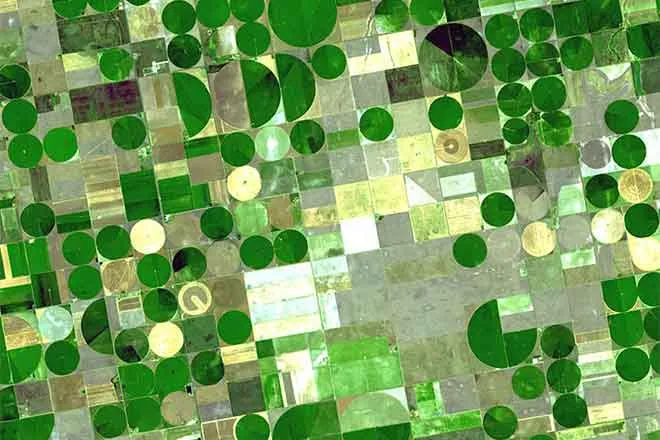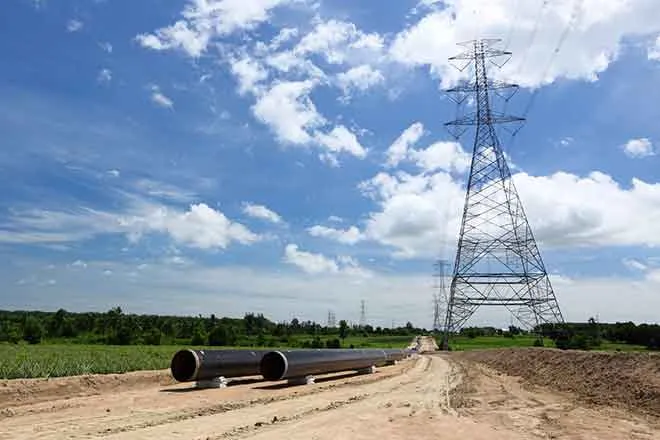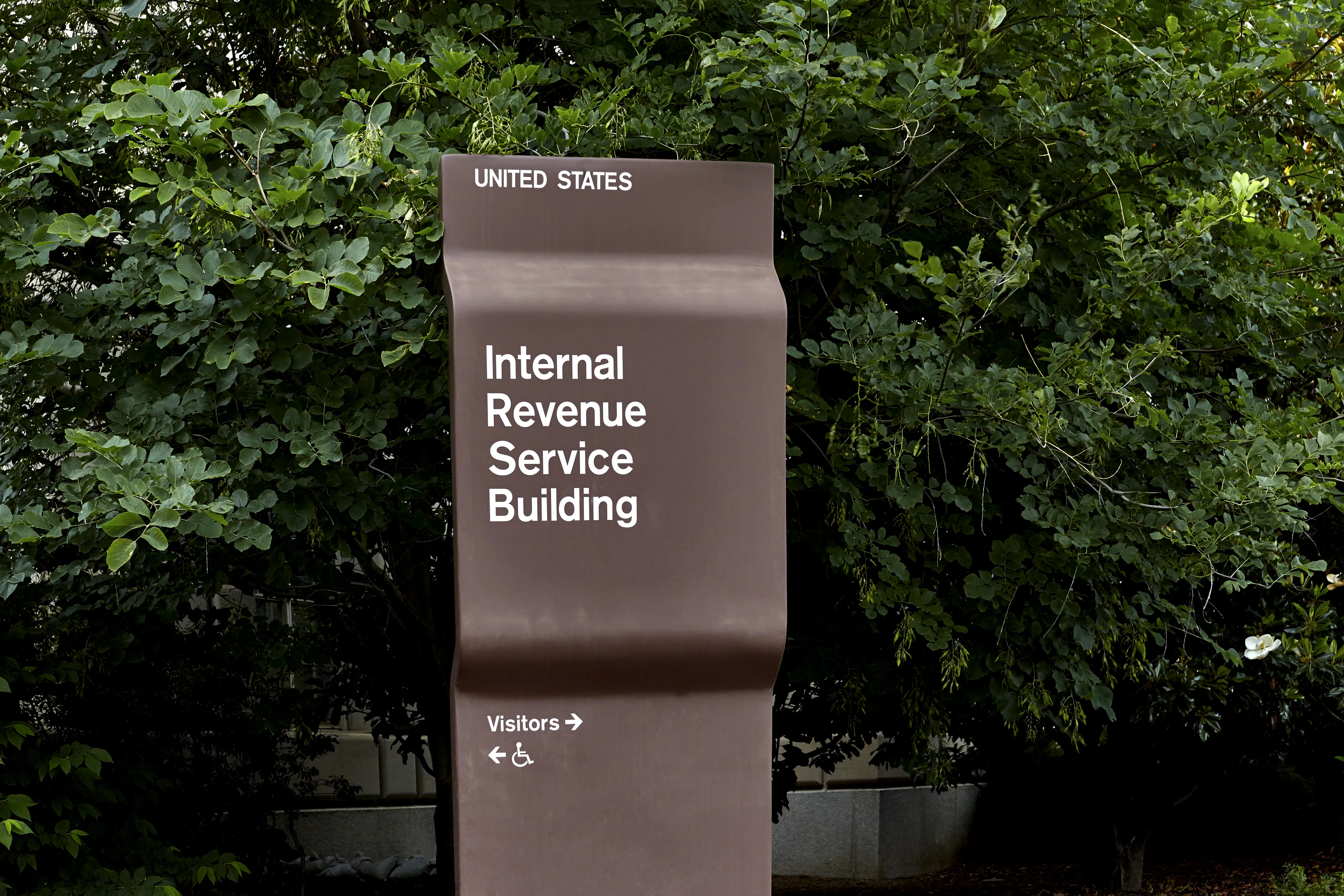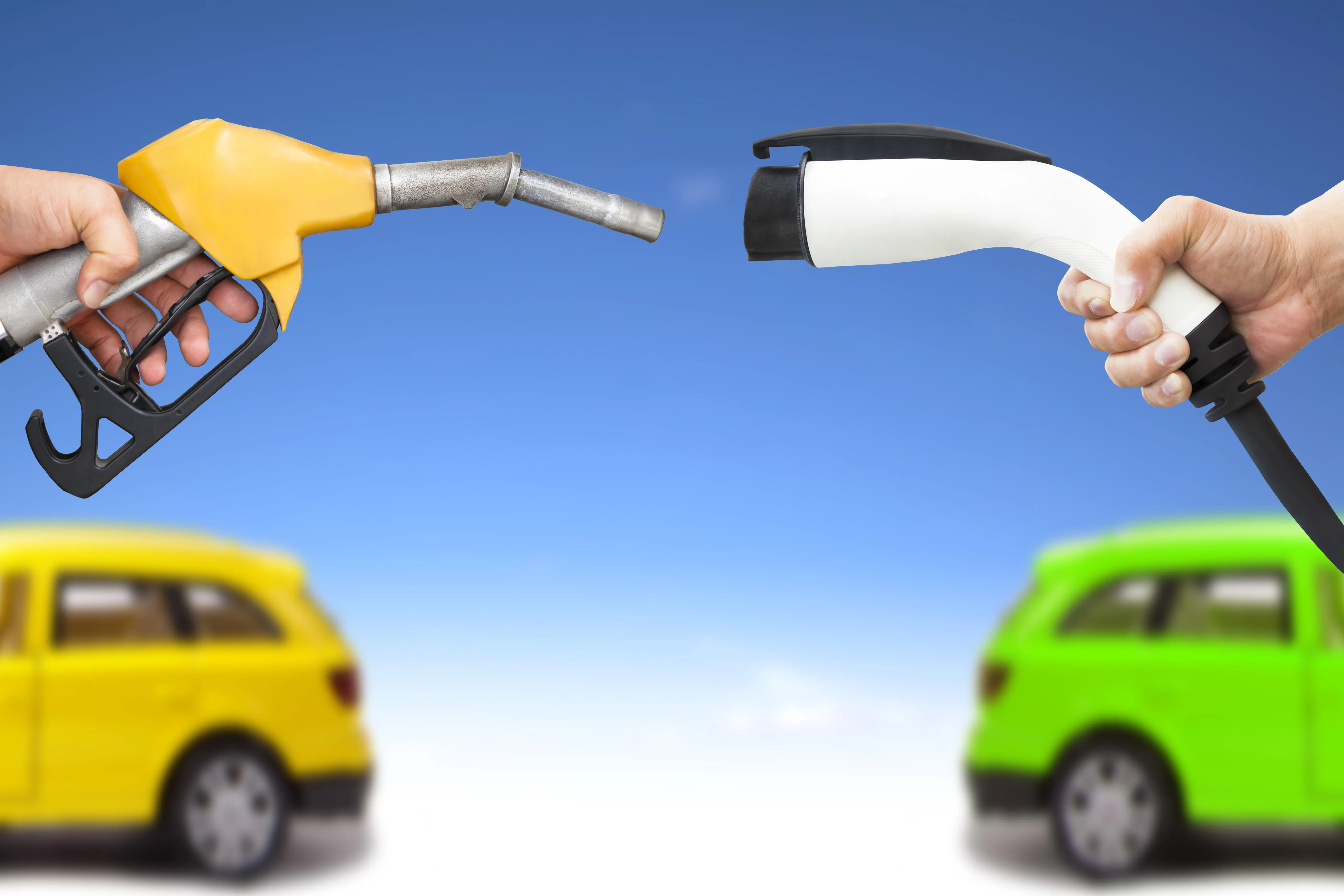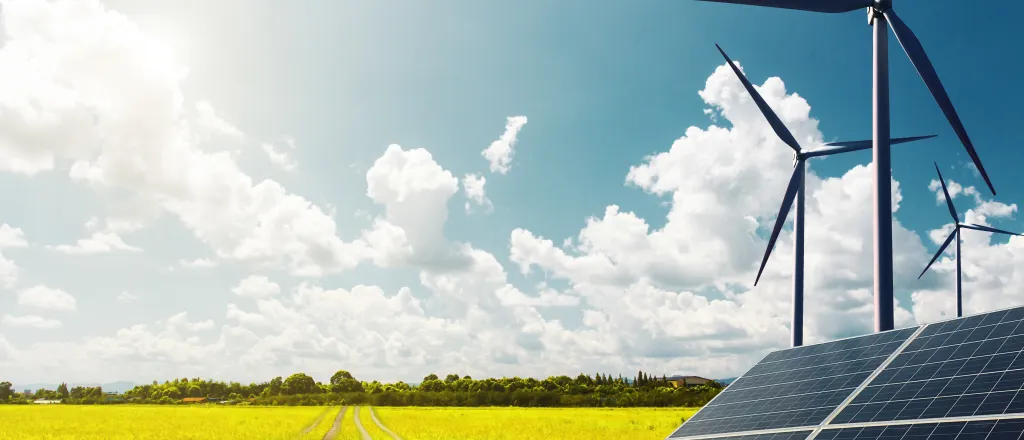
Researchers to study growing crops in solar farms’ shadow
(Iowa News Service) The U.S. Department of Agriculture has awarded Iowa State University a $1.8 million grant to raise high-dollar crops in the shadow of huge solar array panels that are becoming more common across the state.
Ag researchers and energy experts are studying ways for people to benefit from investments in renewable energy beyond just clean electricity.
It's called agrivoltaics, and it couples solar farms with agricultural practices in, around and underneath huge solar panels, where the resulting shade won't allow traditional agricultural crops to grow well.
Matt O'Neill - professor in plant biology, entomology and microbiology at Iowa State - said researchers are trying what are known as horticultural crops in the shadow of the solar arrays, crops he said could grow better and also tend to be more valuable.
"It's a mix of things," said O'Neill. "It can be things like broccoli, tomatoes, squashes - but also perennial crops like strawberries and blackberries and raspberries. "
O'Neill said Iowa's corn and soybeans, known as commodity crops, need a lot of land to be grown profitably - which is why he says 70% of Iowa's landscape is planted with them.
He said the growing number of solar farms will create more available land for horticultural crops, potentially creating another avenue for people who want to get into farming on a smaller scale than commodity crops such as corn and soybeans require.
O'Neill said there is some evidence that growing horticultural crops beneath the panels creates a cooler micro-climate, allowing the solar arrays to operate more efficiently when they are producing electricity.
Anne Kimber directs the Electric Power Research Center at Iowa State. She said given all of the benefits, she wants people to understand that using farmland in multiple ways - as agrivoltaics does - will be economically and environmentally beneficial for everyone.
"But that means that we're using land in a different way for those kinds of home-grown power systems," said Kimber. "And if we can demonstrate multiple values from these projects, then it does have greater value for the state of Iowa. It has greater value to the people who see these developments happening around them."
Construction on the 1.35-megawatt solar-farm agrivoltaics test site will begin next month on 10 acres south of Ames. Research is scheduled to begin next spring.

